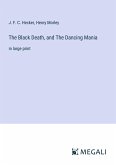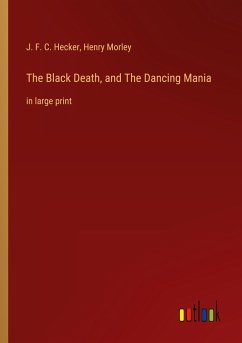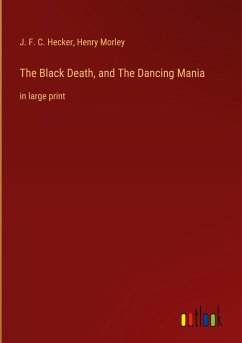In the time between the 14th and 17th centuries, the mainland of Europe suffered numerous disasters, including those of biological origin. One of the most mysterious of those phenomena was dancing mania, also called the dancing plague. It involved groups of people dancing erratically until they collapsed from exhaustion and injuries. People often danced in significant numbers, sometimes including thousands of participants. The well-documented phenomenon doesn't have a clear explanation up to date. The 19th-century German physician Justus Hecker provided research on dancing mania and connected the phenomenon to the plague.








